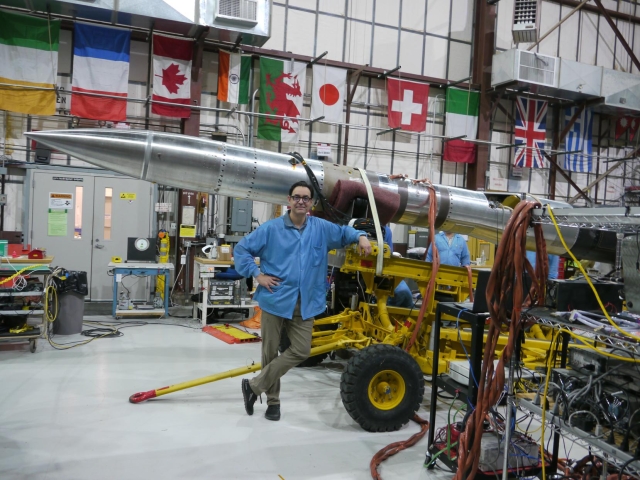Mayagüezano scientist prepares to launch rocket that seeks to expand our knowledge of the formation of the universe
Submitted by Alondra Caraballo Franco on
Physicist Enectalí Figueroa Feliciano leads a team at Northwestern University in Illinois whose telescope will study the remnant of the explosion of a massive star that occurred some 10,000 years ago.
Editor's note: An error was corrected regarding the approximate number of years that the explosion of the massive star that gave rise to the Cassiopeia A remnant occurred. In the previous version of the story it was published that the explosion occurred 300 years ago; however, the explosion is estimated to have occurred about 10,000 years ago.
Anyone would think that efforts to study the explosion of a massive star that occurred some 10,000 years ago would be futile.
However, that is precisely what many scientists and astronomers have done since, it is theorized, the first rays of light from the supernova event (the outburst that occurs when a star "dies") that occurred in the constellation Cassiopeia reached our planet around 1680, or about 300 years ago. In other words, the explosion of the star that created the Cassiopeia A remnant (abbreviated to Cas A hereafter) occurred 10,000 years before the light created by the event reached Earth.
Read the full story in the spanish version.









